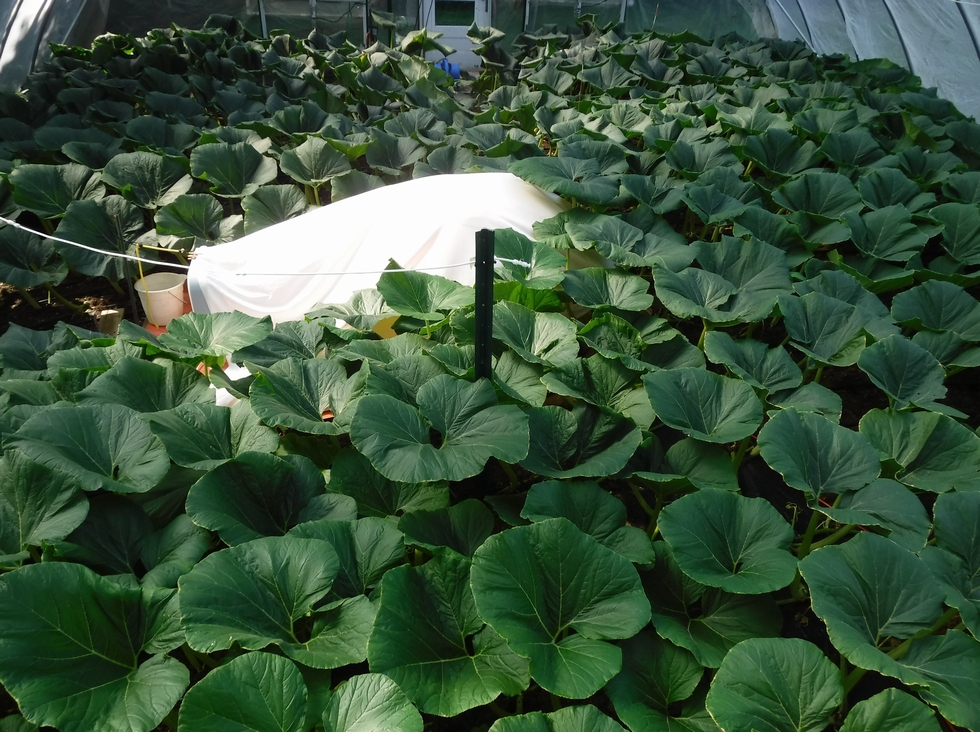| |
|
Entry Date
|
Nick Name
|
Location
|
|
Sunday, October 06, 2024
|

|
Matt D.
|
Connecticut
|
 |
Entry 110 of 116 |
 |
|
|
|
5. Fertilizer
Looking at all of the fertilizer options it can be a bit of a challenge to know which ones to select. What can further complicate things is the simple fact that there are many quality options out there.
I recommend three main fertilizers (not sponsored by any of them) with a little boron and some micros on hand to use if needed. Each serves a specific purpose and all are used in rotation throughout the growing season. Seeing growers add a dozen or more products can be more of a feel-good effect rather than increasing yield.
I did not start fertilizing until the pumpkin was 13-days old as the plant looked like it was in good shape other than a little iron deficiency the first week post transplanting outside.
It is also important to remember that over fertilizing can have the same negative impacts on yield as under fertilizing, but getting to an excessive level is harder to correct.
In my situation I use these main three fertilizers�
Age Old Grow (12-6-6)
Good blend and I believe (based on tissue tests) that it is high in Mn, which is a nutrient that may be more important to giant pumpkin growing than most realize.
Botanicare Cal-Mag Plus 2-0-0
Always beneficial to have a Cal-Mag product as calcium can be a challenge to get to sufficient levels in the plant and the magnesium aids in plant uptake.
Nutriculture K-Mag 15-5-30 (plus trace elements)
This is just a good all-around general feed of key nutrients in a readily plant available form.
*See June 17th-19th postings for complete details.
Photo was taken on July 14th when the pumpkin was 40 days old.
Recently published article- Comprehensive evaluation of the water-fertilizer coupling effects on pumpkin under different irrigation volumes : https://www.frontiersin.org/journals/plant-science/articles/10.3389/fpls.2024.1386109/full
|
|
|



